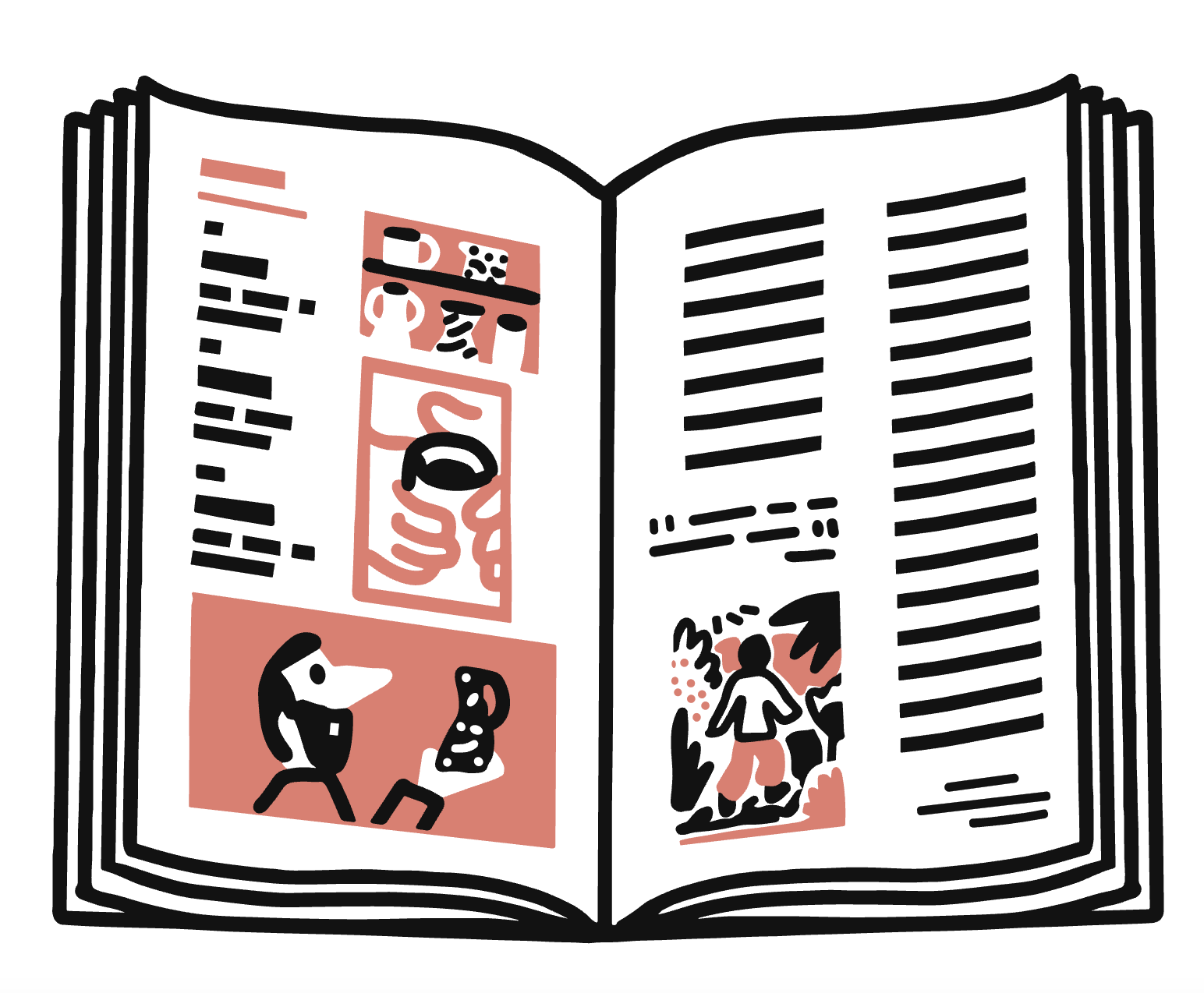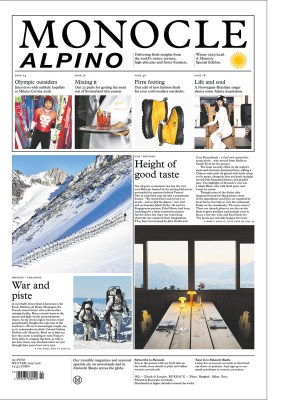It’s time to raise soft boys and tough girls: Here’s how Iceland breaks down gender stereotypes
The Nordic island nation’s radical education method is challenging gender-driven societal norms. But could it work outside the country?
If you had to name a nation that’s home to a network of schools practising strict gender segregation, your answer would probably not be Iceland. The country, which has been ranked first in the World Economic Forum’s Global Gender Gap Index for 16 consecutive years, currently has a female president, prime minister, head bishop and chief of police. But it is also the birthplace of the Hjalli model, an education system that is attempting to break down gender stereotypes among preschoolers by teaching girls to be more “masculine” and boys to be more “feminine”.

Devised by progressive educator Margrét Pála Ólafsdóttir in 1989, Hjalli (“rock” in Icelandic) is based on the theory that children are stunted by being taught in mixed classrooms because social pressures cause them to gravitate towards behaviour commonly coded as either male or female. Today it is estimated that almost 10 per cent of nursery-age Icelandic children are being taught under these principles in 18 Hjalli preschools and primaries.
These schools encourage girls to take more risks, speak confidently and directly, and engage in manual forms of play such as stacking blocks. Boys are taught tenderness by playing with dolls, co-operation by painting each other’s nails and being in touch with their caring sides by, for example, giving each other gentle massages. Hjalli children play with gender-neutral toys and wear unisex uniforms, and are surrounded by bare walls and soft colours. This is all supposed to foster creativity and calm concentration. Ólafsdóttir believes that if you separate the sexes and encourage them to behave in ways that are stereotypically associated with the opposite gender, they will develop into more rounded adults, who will in turn forge a more egalitarian society.
Not everyone in Iceland is sold on using such radical, gender-focused methods on toddlers. Kristín Dýrfjörð, a professor at the University of Akureyri, has said that the curriculum at Hjalli schools has calcified. She has written that their regimented structure and stripped-back environments produce schools that are “clinical”, “without history” and as unyielding as the name “rock” would suggest. Researchers at the University of Iceland also found that while Hjalli educated children were more confident, there was little difference in their academic performance compared with other children. That might be why similar ideas, in vogue across the Nordics in the 1980s, fell out of favour.
The Hjalli approach might have more take-up in Iceland than elsewhere precisely because its citizens are already open to its goal – though the fact that most of the country’s schools are not segregated would suggest that such a model is not required to produce world-leading gender equality. Iceland has pioneered efforts requiring companies to report their gender pay gaps and imposed quotas for female representation on company boards of directors. Could it be that Hjalli is more of a consequence than a cause of this success? There has been a Hjalli outpost in Scotland for several years but it has yet to implement its strict gender segregation. If only Iceland’s constitution were as easily exportable.
Comment
While the rest of the world argues over defining gender, Iceland has achieved world-leading equality on terms that everyone understands.


